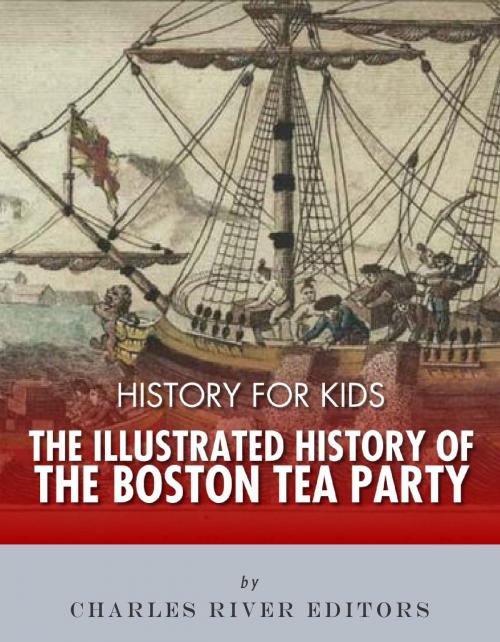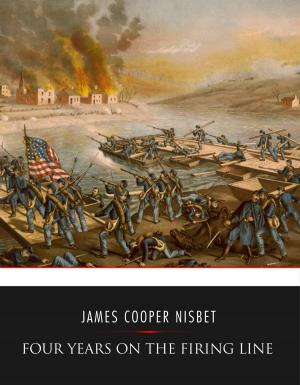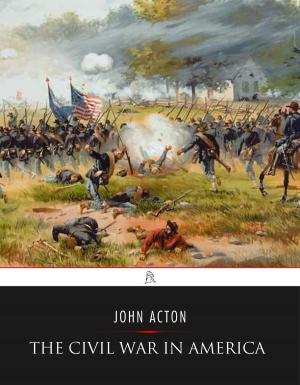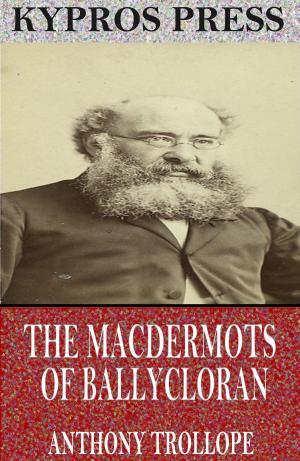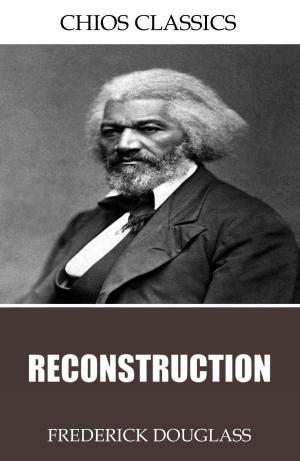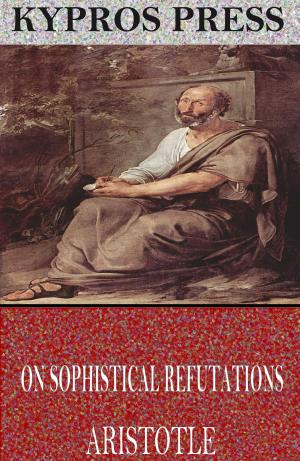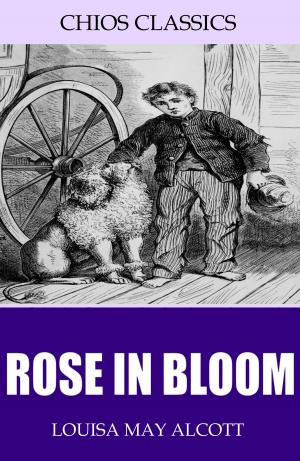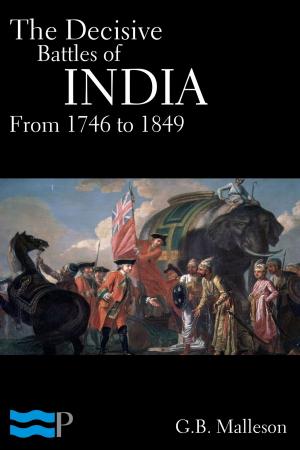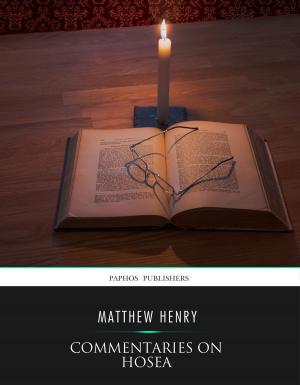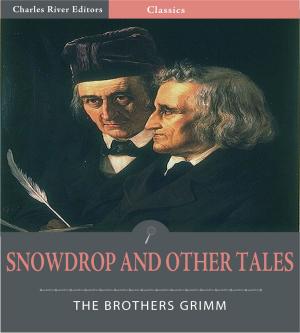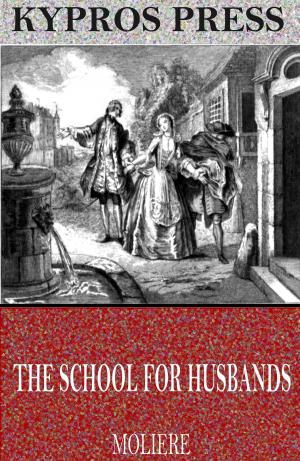| Author: | Charles River Editors | ISBN: | 9781475323931 |
| Publisher: | Charles River Editors | Publication: | June 7, 2013 |
| Imprint: | Language: | English |
| Author: | Charles River Editors |
| ISBN: | 9781475323931 |
| Publisher: | Charles River Editors |
| Publication: | June 7, 2013 |
| Imprint: | |
| Language: | English |
*Perfect for ages 7-9*Includes illustrations of the Boston Tea Party and pictures of important people. *Discusses the myths and legends of the Tea Party in an attempt to separate fact from fiction. Did the Tea Partiers dress up as Mohawks? Did Sam Adams lead the Tea Party?*Includes contemporary accounts of the Tea Party in the newspapers and accounts written by those claiming to have participated. *Discusses some of the details of the Tea Party that remain unclearIn Charles River Editors History for Kids series, your children can learn about historys most important people and events in an easy, entertaining, and educational way. Pictures help bring the story to life, and the concise but comprehensive book will keep your kids attention all the way to the end. In the years before the American Revolution, the disputes between the colonies and Great Britain produced no shortage of legendary events, all of which can be recited by schoolchildren from an early age, but none has been mythologized or misunderstood quite like the Boston Tea Party, colonial Bostons most unique act of (relative) non-violent protest. The formation of a group of Americans calling themselves the “Tea Party” in 2009, more than 235 years after the Boston Tea Party, is testament to the enduring legacy of that iconic moment in American history.On the night of December 16, 1773, a group of 30-130 men boarded the tea ship Dartmouth and two other ships and dumped 342 chests of tea into Boston Harbor over the span of 3 hours in protest of the Tea Act of 1773. Agreement over what exactly happened ends there, but a number of legends have since popped up and become part of the common narrative. The urban legend that the people who boarded the ship dressed as Mohawks is not entirely true. The Tea Partiers were not protesting higher taxes on tea. The Tea Party was not coordinated by Samuel Adams. And nobody in Boston called it the “Tea Party” until nearly a century after it took place. However, the impact of the Tea Party is beyond dispute. The bold protest and destruction of the tea induced the British to pass the Coercive or Intolerable Acts, including the closing of Boston Harbor. That spurred the colonies to send delegates to the First Continental Congress in Philadelphia to craft a united response to the Coercive or Intolerable Acts and petition King George III for redress. The First Continental Congress also vowed to reconvene in the summer of 1775. By the time the Second Continental Congress met, the Revolution was underway. History for Kids: The Illustrated History of the Boston Tea Party chronicles the history that led up to the passage of the Tea Act of 1773, the events of December 16, 1773, and the legends and myths surrounding the Boston Tea Party. Along with pictures of important people, places, and events, your kids will learn about the Tea Party like never before.
*Perfect for ages 7-9*Includes illustrations of the Boston Tea Party and pictures of important people. *Discusses the myths and legends of the Tea Party in an attempt to separate fact from fiction. Did the Tea Partiers dress up as Mohawks? Did Sam Adams lead the Tea Party?*Includes contemporary accounts of the Tea Party in the newspapers and accounts written by those claiming to have participated. *Discusses some of the details of the Tea Party that remain unclearIn Charles River Editors History for Kids series, your children can learn about historys most important people and events in an easy, entertaining, and educational way. Pictures help bring the story to life, and the concise but comprehensive book will keep your kids attention all the way to the end. In the years before the American Revolution, the disputes between the colonies and Great Britain produced no shortage of legendary events, all of which can be recited by schoolchildren from an early age, but none has been mythologized or misunderstood quite like the Boston Tea Party, colonial Bostons most unique act of (relative) non-violent protest. The formation of a group of Americans calling themselves the “Tea Party” in 2009, more than 235 years after the Boston Tea Party, is testament to the enduring legacy of that iconic moment in American history.On the night of December 16, 1773, a group of 30-130 men boarded the tea ship Dartmouth and two other ships and dumped 342 chests of tea into Boston Harbor over the span of 3 hours in protest of the Tea Act of 1773. Agreement over what exactly happened ends there, but a number of legends have since popped up and become part of the common narrative. The urban legend that the people who boarded the ship dressed as Mohawks is not entirely true. The Tea Partiers were not protesting higher taxes on tea. The Tea Party was not coordinated by Samuel Adams. And nobody in Boston called it the “Tea Party” until nearly a century after it took place. However, the impact of the Tea Party is beyond dispute. The bold protest and destruction of the tea induced the British to pass the Coercive or Intolerable Acts, including the closing of Boston Harbor. That spurred the colonies to send delegates to the First Continental Congress in Philadelphia to craft a united response to the Coercive or Intolerable Acts and petition King George III for redress. The First Continental Congress also vowed to reconvene in the summer of 1775. By the time the Second Continental Congress met, the Revolution was underway. History for Kids: The Illustrated History of the Boston Tea Party chronicles the history that led up to the passage of the Tea Act of 1773, the events of December 16, 1773, and the legends and myths surrounding the Boston Tea Party. Along with pictures of important people, places, and events, your kids will learn about the Tea Party like never before.
